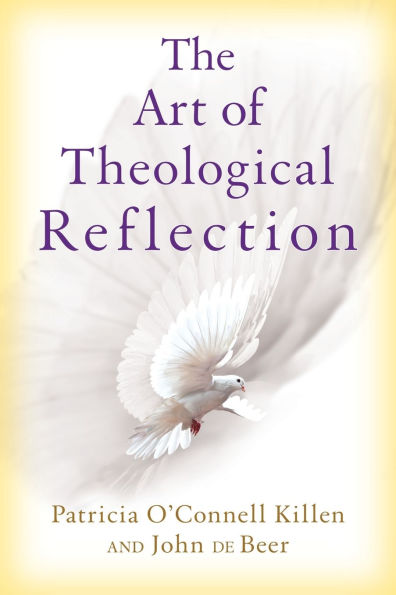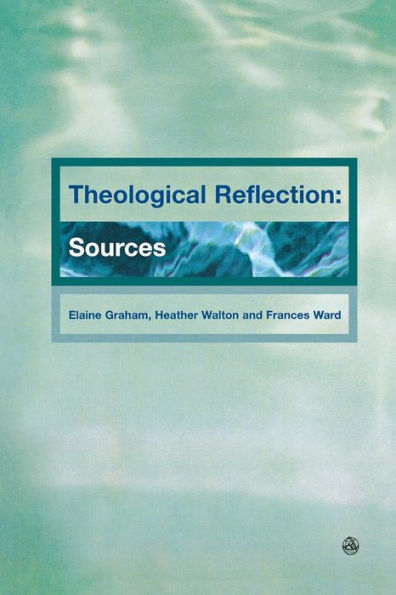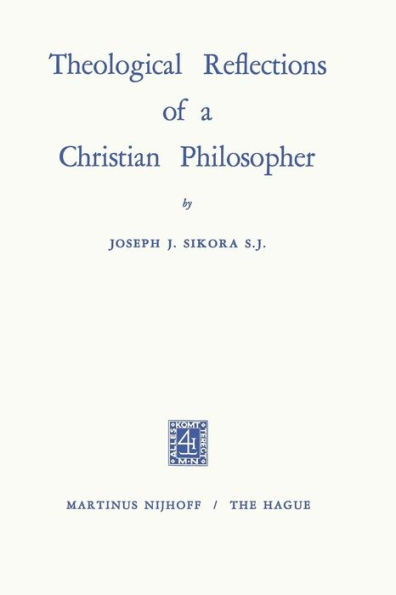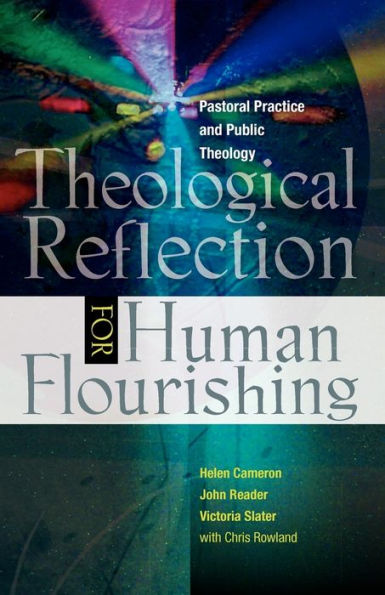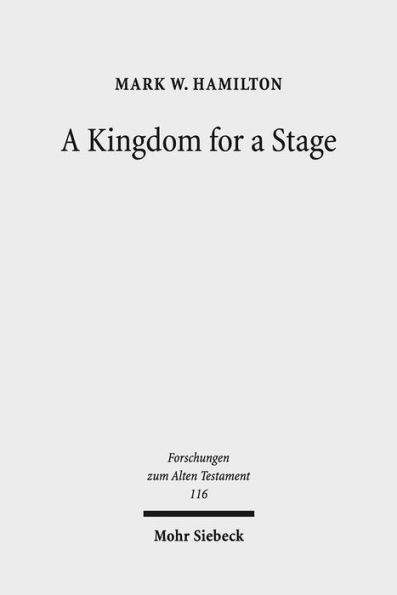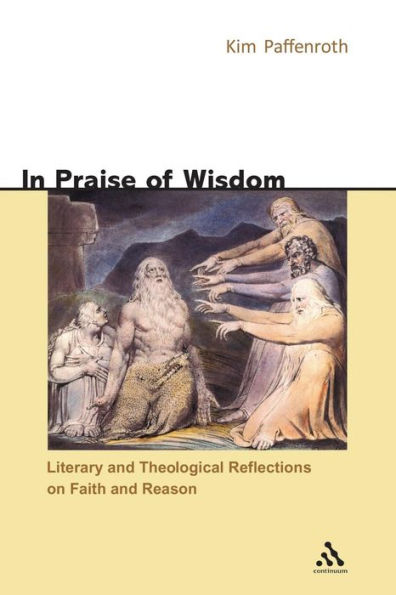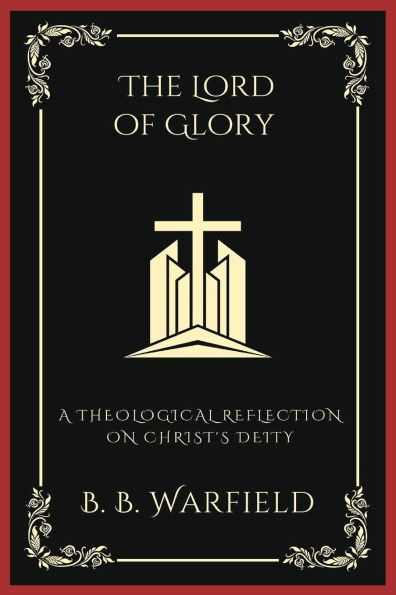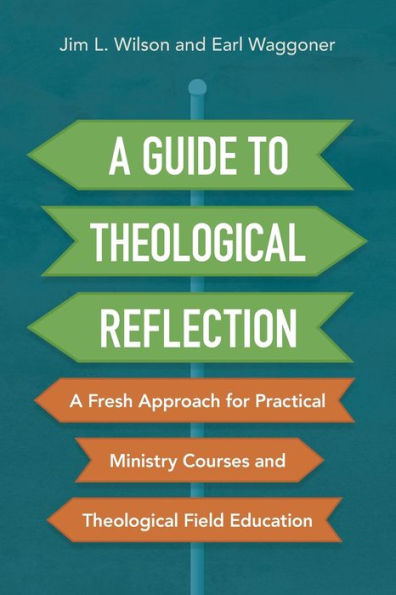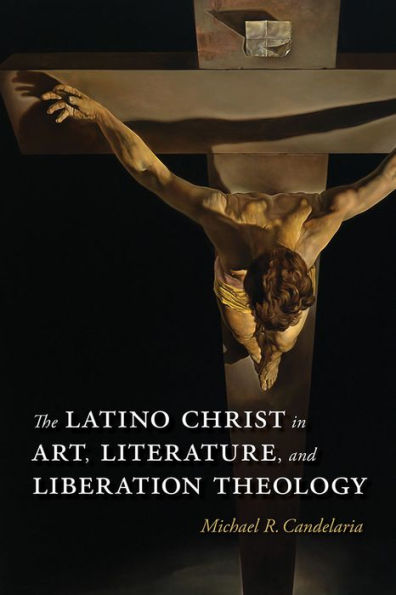Home
The Grotesque in Art and Literature: Theological Reflections
Barnes and Noble
Loading Inventory...
The Grotesque in Art and Literature: Theological Reflections in Franklin, TN
Current price: $33.99
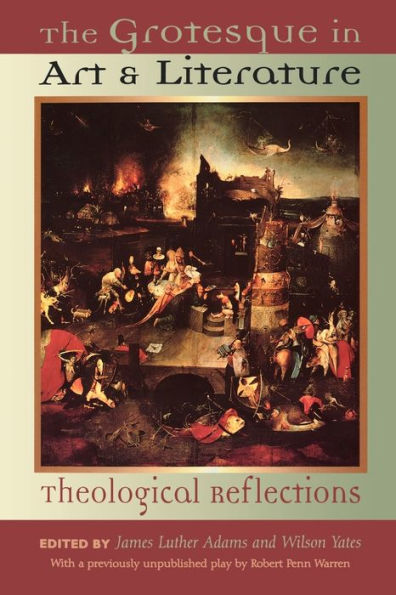
Barnes and Noble
The Grotesque in Art and Literature: Theological Reflections in Franklin, TN
Current price: $33.99
Loading Inventory...
Size: OS
This is a print on demand book and is therefore non- returnable.
While there has been a growing interest in the use of grotesque imagery in art and literature, very little attention has been given to the religious and theological significance of such imagery. This fascinating book redresses that neglect by exploring the religious meaning of the grotesque and its importance as a subject for theological inquiry.
The discussion begins with the debate over both the definition of the grotesque and theoretical approaches to understanding its meaning and importance for the late twentieth century. Wilson Yates engages with the thought of four leading contemporary theorists — Wolfgang Kayser, Mikhail Bakhtin, Geoffrey Galt Harpham, and Ewa Kuryluk. James Luther Adams considers the appearance of the grotesque in contemporary social and political crises and its implications for our future. Roger Hazelton reflects on how both theology and grotesque art speak to the mystery of being human in an unmanageable world.
The discussion continues with the treatment of the grotesque in the visual arts. Margaret Miles discusses the female body as the focus of the grotesque in medieval times. Wolfgang Stechow examines the significance of grotesque imagery in the paintings of the fifteenth-century Dutch artist Hieronymus Bosch. John W. Cook explores the use of "ugly beauty" in Christian art. A second essay by Wilson Yates provides an in-depth look at the religious iconography and grotesque imagery in the work of the twentieth-century artist Francis Bacon.
The final three chapters consider the use of the grotesque in the literary arts. Yasuhiro Ogawa discusses Shakespeare's use of the grotesque in
Hamlet
. Susan Corey looks at the work of Toni Morrison, specifically her use of the grotesque in her novel
Beloved
. The volume concludes with an original work — published here for the first time — by poet laureate Robert Penn Warren, a stage adaptation of his poem
Ballad of a Sweet Dream of Peace
, complete with an introduction by the author.
While there has been a growing interest in the use of grotesque imagery in art and literature, very little attention has been given to the religious and theological significance of such imagery. This fascinating book redresses that neglect by exploring the religious meaning of the grotesque and its importance as a subject for theological inquiry.
The discussion begins with the debate over both the definition of the grotesque and theoretical approaches to understanding its meaning and importance for the late twentieth century. Wilson Yates engages with the thought of four leading contemporary theorists — Wolfgang Kayser, Mikhail Bakhtin, Geoffrey Galt Harpham, and Ewa Kuryluk. James Luther Adams considers the appearance of the grotesque in contemporary social and political crises and its implications for our future. Roger Hazelton reflects on how both theology and grotesque art speak to the mystery of being human in an unmanageable world.
The discussion continues with the treatment of the grotesque in the visual arts. Margaret Miles discusses the female body as the focus of the grotesque in medieval times. Wolfgang Stechow examines the significance of grotesque imagery in the paintings of the fifteenth-century Dutch artist Hieronymus Bosch. John W. Cook explores the use of "ugly beauty" in Christian art. A second essay by Wilson Yates provides an in-depth look at the religious iconography and grotesque imagery in the work of the twentieth-century artist Francis Bacon.
The final three chapters consider the use of the grotesque in the literary arts. Yasuhiro Ogawa discusses Shakespeare's use of the grotesque in
Hamlet
. Susan Corey looks at the work of Toni Morrison, specifically her use of the grotesque in her novel
Beloved
. The volume concludes with an original work — published here for the first time — by poet laureate Robert Penn Warren, a stage adaptation of his poem
Ballad of a Sweet Dream of Peace
, complete with an introduction by the author.
This is a print on demand book and is therefore non- returnable.
While there has been a growing interest in the use of grotesque imagery in art and literature, very little attention has been given to the religious and theological significance of such imagery. This fascinating book redresses that neglect by exploring the religious meaning of the grotesque and its importance as a subject for theological inquiry.
The discussion begins with the debate over both the definition of the grotesque and theoretical approaches to understanding its meaning and importance for the late twentieth century. Wilson Yates engages with the thought of four leading contemporary theorists — Wolfgang Kayser, Mikhail Bakhtin, Geoffrey Galt Harpham, and Ewa Kuryluk. James Luther Adams considers the appearance of the grotesque in contemporary social and political crises and its implications for our future. Roger Hazelton reflects on how both theology and grotesque art speak to the mystery of being human in an unmanageable world.
The discussion continues with the treatment of the grotesque in the visual arts. Margaret Miles discusses the female body as the focus of the grotesque in medieval times. Wolfgang Stechow examines the significance of grotesque imagery in the paintings of the fifteenth-century Dutch artist Hieronymus Bosch. John W. Cook explores the use of "ugly beauty" in Christian art. A second essay by Wilson Yates provides an in-depth look at the religious iconography and grotesque imagery in the work of the twentieth-century artist Francis Bacon.
The final three chapters consider the use of the grotesque in the literary arts. Yasuhiro Ogawa discusses Shakespeare's use of the grotesque in
Hamlet
. Susan Corey looks at the work of Toni Morrison, specifically her use of the grotesque in her novel
Beloved
. The volume concludes with an original work — published here for the first time — by poet laureate Robert Penn Warren, a stage adaptation of his poem
Ballad of a Sweet Dream of Peace
, complete with an introduction by the author.
While there has been a growing interest in the use of grotesque imagery in art and literature, very little attention has been given to the religious and theological significance of such imagery. This fascinating book redresses that neglect by exploring the religious meaning of the grotesque and its importance as a subject for theological inquiry.
The discussion begins with the debate over both the definition of the grotesque and theoretical approaches to understanding its meaning and importance for the late twentieth century. Wilson Yates engages with the thought of four leading contemporary theorists — Wolfgang Kayser, Mikhail Bakhtin, Geoffrey Galt Harpham, and Ewa Kuryluk. James Luther Adams considers the appearance of the grotesque in contemporary social and political crises and its implications for our future. Roger Hazelton reflects on how both theology and grotesque art speak to the mystery of being human in an unmanageable world.
The discussion continues with the treatment of the grotesque in the visual arts. Margaret Miles discusses the female body as the focus of the grotesque in medieval times. Wolfgang Stechow examines the significance of grotesque imagery in the paintings of the fifteenth-century Dutch artist Hieronymus Bosch. John W. Cook explores the use of "ugly beauty" in Christian art. A second essay by Wilson Yates provides an in-depth look at the religious iconography and grotesque imagery in the work of the twentieth-century artist Francis Bacon.
The final three chapters consider the use of the grotesque in the literary arts. Yasuhiro Ogawa discusses Shakespeare's use of the grotesque in
Hamlet
. Susan Corey looks at the work of Toni Morrison, specifically her use of the grotesque in her novel
Beloved
. The volume concludes with an original work — published here for the first time — by poet laureate Robert Penn Warren, a stage adaptation of his poem
Ballad of a Sweet Dream of Peace
, complete with an introduction by the author.
